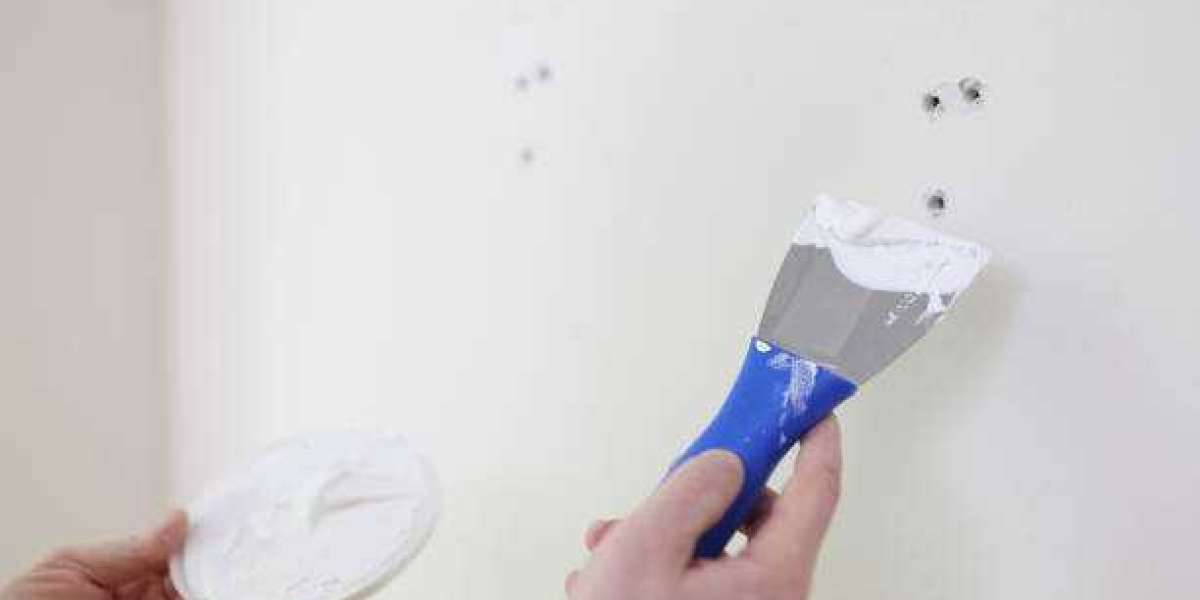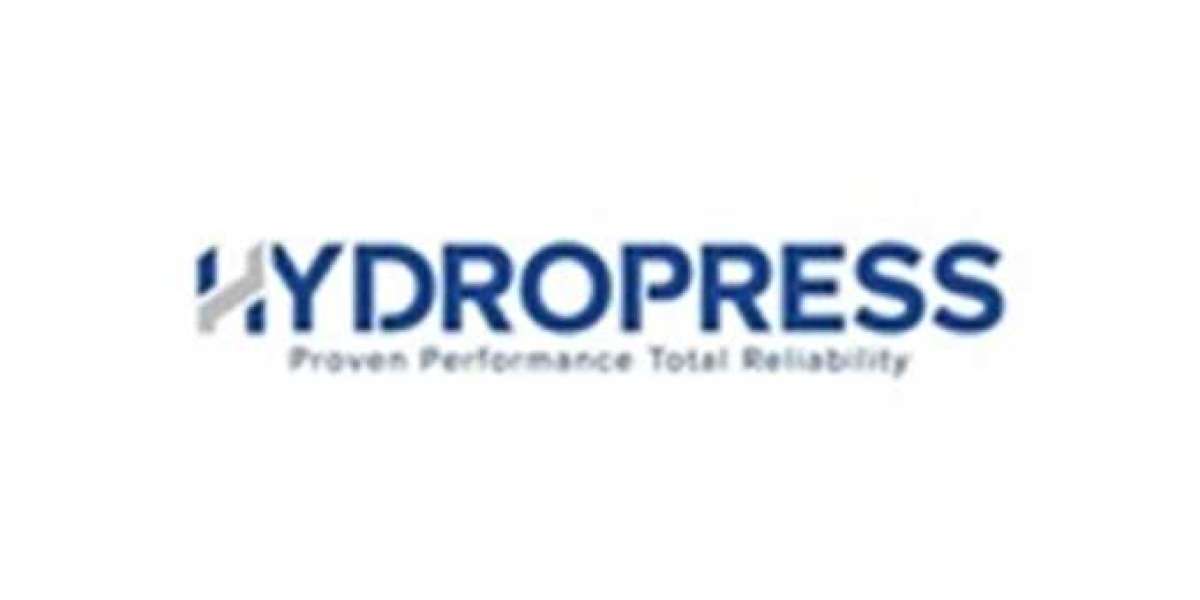Drywall is a fundamental part of your home’s interior walls and ceilings, providing a smooth, durable finish that supports insulation, electrical wiring, and even soundproofing. However, over time, drywall can suffer damage from various factors, making it essential to know when to repair or replace it. Here’s how to identify the signs of drywall damage and when it’s time to call in Drywall Repair Services.
1. Understanding the Role of Drywall
Drywall serves as the surface layer for walls and ceilings, providing a polished look and acting as a barrier between the exterior and interior of your home.
Importance of Drywall in Home Construction
Without drywall, rooms would feel unfinished and lack insulation and soundproofing. It also helps protect electrical wiring and supports insulation material in your walls.
Common Reasons for Drywall Damage
Drywall can be affected by moisture, impact, or natural settling of the home, all of which lead to potential damage over time.
2. Signs You May Need to Replace Drywall
Knowing the signs of drywall damage can help you determine if repairs or replacement is necessary.
Visible Cracks and Fractures
Hairline cracks may indicate normal settling, but large or spreading cracks are usually a sign of structural issues, suggesting it may be time for new drywall.
Persistent Water Stains and Moisture Damage
Water stains are not just cosmetic issues; they often mean there’s an underlying moisture problem that can weaken the drywall, making replacement the best option.
3. Identifying Structural Issues Behind Drywall Damage
Some drywall issues stem from more severe structural problems.
Recognizing Deeper Issues Like Foundation Problems
Cracks that appear on ceilings or in patterns may indicate foundation settling or shifting. In these cases, simply patching the drywall won’t solve the problem.
When to Consult a Structural Engineer
If you notice significant structural symptoms like sagging ceilings or walls, consult a structural engineer to assess if the issue goes beyond drywall.
4. Common Causes of Drywall Damage
Understanding what causes drywall issues can help you prevent them in the future.
Water Leaks and Flooding
Leaks from plumbing or flooding cause water stains, weaken the drywall, and can lead to mold, which may require professional Drywall Repair Services.
Accidental Impact and Wear
From moving furniture to accidental bumps, drywall can suffer damage from everyday activities that may require patching or full replacement if severe.
Mold and Mildew Growth
Persistent moisture can lead to mold, which not only damages drywall but also creates health hazards, making replacement essential.
5. When Is Drywall Repair Enough?
For minor issues, drywall repair may be all that’s needed.
Minor Damages That Can Be Patched
Small cracks, nail holes, and shallow dents are often fixable with spackle and touch-up paint, saving time and money.
Cosmetic Fixes vs. Structural Concerns
Cosmetic damage is easy to handle with patching, but larger structural damage requires professional attention and possible replacement.
6. When Replacement is Necessary
Sometimes, replacing drywall is the only way to ensure your home’s safety and appearance.
Extensive Water or Mold Damage
If drywall is softened or stained from extensive water exposure, replacement is necessary to avoid structural weakening and health issues.
Compromised Structural Integrity
Severe damage from foundation shifts or wall collapses may mean the drywall needs to be replaced to restore stability.
7. How Professionals Evaluate Drywall Damage
Professional contractors have the experience and tools to accurately assess drywall damage, making sure repairs address the root of the issue.
Tools and Techniques Used by Contractors
Professionals use moisture meters, infrared cameras, and other tools to detect hidden damage, ensuring they don’t miss any problem areas.
Why Professional Assessments Matter
An expert assessment can save you money in the long run, as professionals identify issues that might otherwise be overlooked in a DIY inspection.
8. Benefits of Hiring Professional Drywall Repair Services
Enlisting the help of Drywall Repair Services ensures efficient and long-lasting results.
Expertise and Efficiency in Handling Repairs
Professionals bring experience and knowledge, allowing them to complete repairs quickly and effectively.
Access to the Right Materials and Tools
Professional contractors use high-quality materials that match your existing drywall, giving your walls a seamless finish.
9. Steps in the Drywall Replacement Process
Replacing drywall involves several key steps to ensure a flawless result.
Removing Damaged Sections
Professionals will carefully remove damaged drywall to avoid further issues and prepare the area for new drywall installation.
Prepping the Area for New Drywall
Before new drywall is installed, contractors make sure the area is clean and prepared to prevent future problems.
10. Preventing Future Drywall Issues
Taking preventive steps can save you from future drywall repairs and replacements.
Tips for Moisture Control
Use dehumidifiers, fix plumbing leaks, and ensure proper ventilation in humid areas to prevent moisture buildup.
Routine Inspections and Maintenance
Regularly inspect your drywall for signs of damage, catching issues early to avoid costly repairs.
11. How to Choose the Right Drywall Repair Services
Selecting the right professionals can make all the difference in the quality and longevity of your drywall repairs.
Qualities to Look for in a Contractor
Look for licensed, experienced contractors who have positive reviews and can provide references.
Importance of Licensing and Reviews
Licensed contractors ensure quality work, and reviews from past clients provide insight into the contractor’s reliability.
12. Cost Considerations for Drywall Replacement
Several factors influence the cost of drywall repair and replacement.
Factors Affecting Drywall Repair and Replacement Cost
The extent of the damage, size of the affected area, and materials used will impact the overall cost. Hiring Drywall Repair Services can save you from additional expenses down the road by ensuring quality results.
Conclusion
Knowing when to replace drywall can prevent costly damage, maintain your home’s value, and improve indoor air quality. Whether you’re dealing with minor cosmetic issues or extensive damage, professional Drywall Repair Services can provide the expertise and tools necessary to restore your walls to their original condition. By recognizing the signs of damage and seeking help from trusted contractors, you can ensure a safe and beautiful home for years to come.
FAQs
1. How can I tell if drywall damage is from a water leak?
Persistent discoloration, peeling paint, or a musty odor often indicate water damage in drywall.
2. Can I repair drywall myself?
Small holes and cracks are often DIY-friendly, but larger issues like water damage or structural cracks are best handled by professionals.
3. How much does it cost to replace drywall?
Costs vary depending on the damage, area size, and labor. Consulting Drywall Repair Services provides a reliable estimate based on your specific needs.
4. How can I prevent mold growth on drywall?
Ensure proper ventilation, use dehumidifiers in damp areas, and repair leaks promptly to prevent mold on drywall.
5. What types of drywall are best for preventing damage?
Moisture-resistant drywall is ideal for areas with high humidity, while fire-resistant drywall offers added safety in kitchens and garages.











